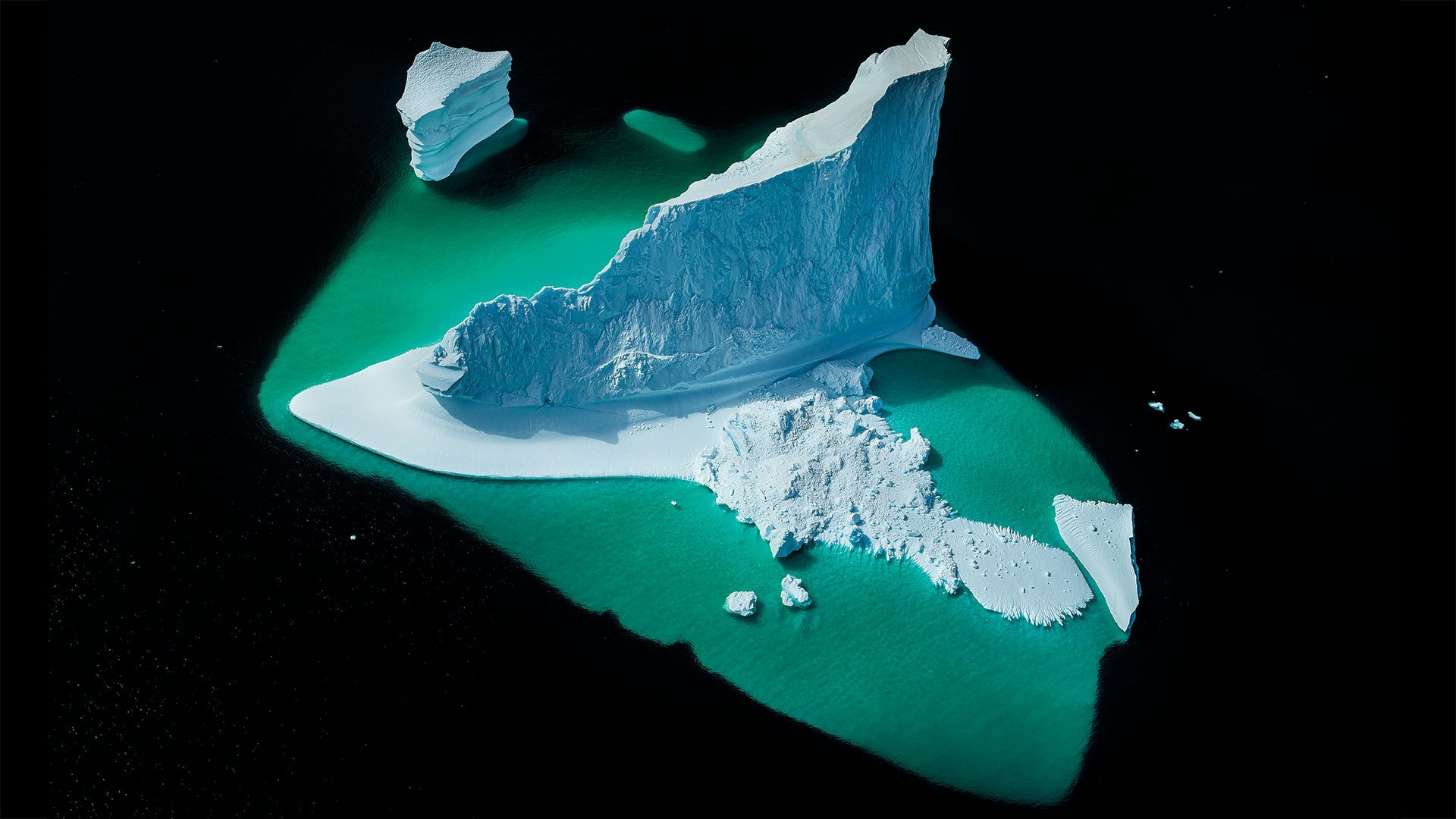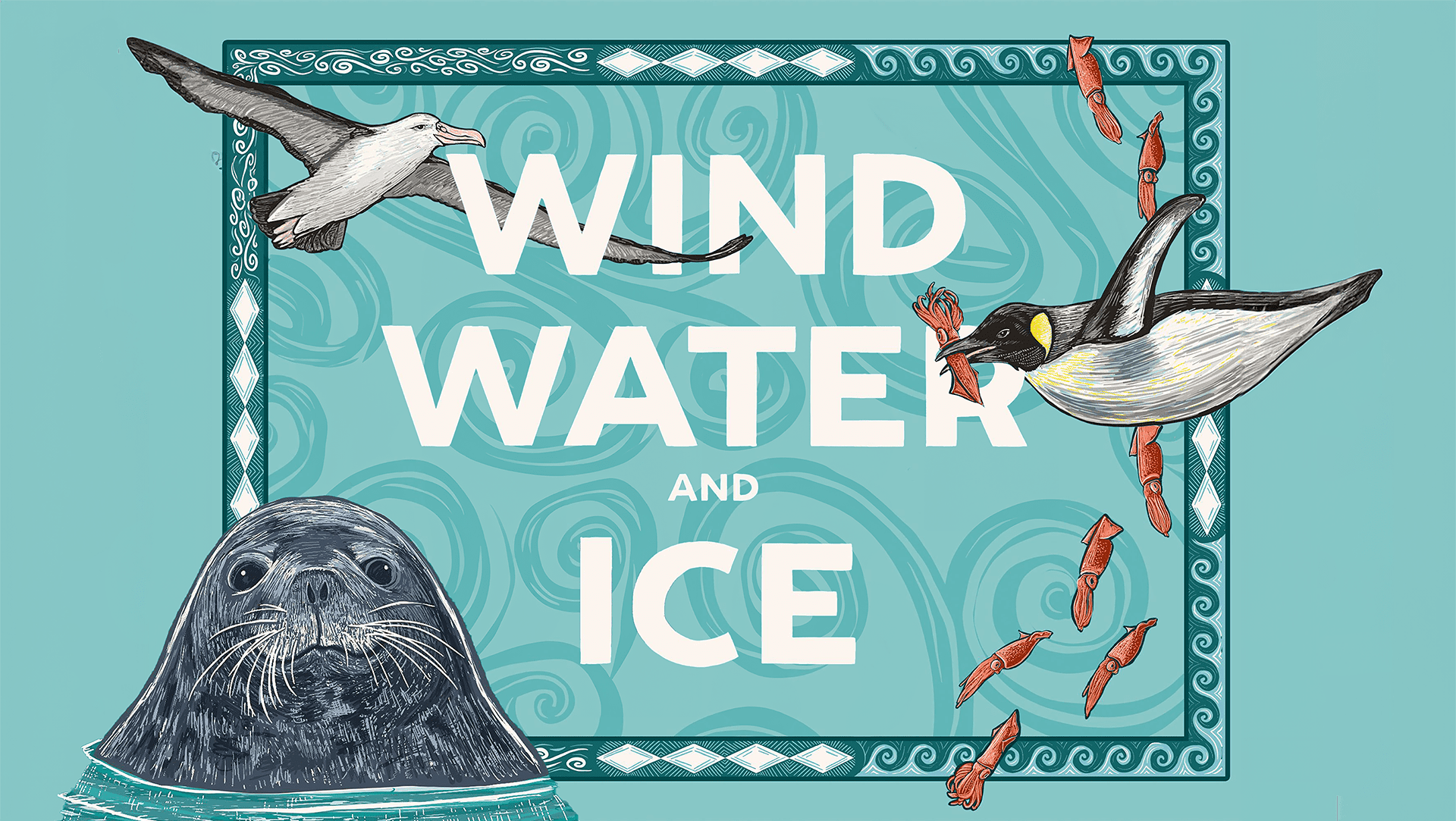 In the 2003 blockbuster hit Finding Nemo, there’s a scene where protagonist Marlin is worried about getting swallowed by a distant whale and his forgetful companion, Dory, tries to allay his fears: “Don’t worry,” she says. “Whales don’t eat clownfish. They eat krill.” (Cue a school of frightened krill).
In the 2003 blockbuster hit Finding Nemo, there’s a scene where protagonist Marlin is worried about getting swallowed by a distant whale and his forgetful companion, Dory, tries to allay his fears: “Don’t worry,” she says. “Whales don’t eat clownfish. They eat krill.” (Cue a school of frightened krill).
This comedic exchange likely marked the first time many people had ever heard of krill. These tiny, shrimp-like crustaceans move in prolific swarms across the ocean—some nearly ten miles long—numbering in the trillions globally. They’re a key food source for a broad range of marine species from seabirds to fish, seals, gigantic baleen whales, and yes, humans. Today in the Antarctic, however, they’re swimming away from something much more threatening than a voracious blue whale: climate change.
It’s estimated that Antarctic krill (E. superba) have retreated over 275 miles (442 kilometers) south since the 1970s, closer toward the interior of the Antarctic Peninsula. They’re in search of sea ice, which provides juvenile krill with shelter from predators and winter storms and supplies them with a vital source of food—phytoplankton. But lately that sea ice has been dwindling.
“If you’re krill, you have to swim way further to meet your needs if you’re just moving around in the water column,” says MIT-WHOI Joint Program student Henry Holm who studies energy in the Antarctic food web. Sea ice, he says, helps trap and concentrate phytoplankton into briny ice pockets that juvenile krill can then mine for an easy meal.
Global warming, marine heatwaves, and more extreme and frequent storms have chipped away at Antarctica’s annual sea ice, which contracts by roughly 10% each year—equating to 60 million Olympic-sized swimming pools-worth of water. Gone with that ice is a buffet of phytoplankton trapped inside, which juvenile krill need in order to grow.
“If you form less sea ice during the winter, then you have less opportunity for this incredible reservoir of [food] and energy,” says WHOI marine chemist Ben Van Mooy, Holm’s advisor. “For krill, it’s like having to go further and further away for the ‘hunting ground.’”
For the past two years, Holm and members of WHOI’s Van Mooy Lab have voyaged to the Antarctic Peninsula to study the flow of energy throughout the ecosystem. It’s part of the National Science Foundation’s Long Term Ecological Research (LTER) program in Antarctica. Of particular interest to the researchers are the lipids or fats that keep marine mammals and birds plump enough to withstand the frigid cold—the same lipids found in the phytoplankton that krill eat. Estimating how much of the nutrition krill—and therefore the Antarctic food web—are losing from the loss of sea ice is something Van Mooy and his lab are working hard to figure out.
“We’re trying to understand the chemistry behind the energy at the base of the food web that feeds the krill,” says Van Mooy. “And that hasn’t been done before.”
In fact, it’s estimated that nearly 40% of the dry weight of krill is fat from consuming their prey. That’s fuel for the long, global migration of nursing humpback whales, or for fledgling Adélie penguins about to hit a growth spurt. Without krill, many of these species and their predators would likely face starvation. If sea ice continues to contract southward due to warming seas, it stands to reason future generations of krill could eventually run out of places to find food where they have historically thrived. Their disappearance, however, could have broader consequences that extend beyond the Antarctic.
In addition to supporting the base of a rich food web, krill are also an important cog in the ocean’s ability to sequester carbon. By eating phytoplankton that trap atmospheric CO2, they may be keeping the worst of global temperature rise at bay. Unlike more gelatinous creatures, like salps, krill produce dense fecal pellets, which are especially efficient at sending carbon to deeper waters, accounting for 67% of the carbon transport that happens in the upper layers of the ocean during the summertime.
For Holm, the Van Mooy Lab, and other members of the LTER program, this pathway for carbon transport only underscores the team’s need to better understand how the disappearance of sea ice will impact krill, and the ripple effect it may have on the Antarctic food web and the world. But as with most polar research, the clock is ticking to get these answers.
“It’s going to be critical to understand the chemical and nutritional composition of sea ice while it’s retreating,” says Holm. “The next five or so years are going to be both fascinating and scary.”




